Eco landscaping ideas: 8 ways to make your garden sustainable and stylish
We all want to do our bit for the planet, so give our eco landscaping ideas a go – from sustainable paving to recycled pathway materials and more
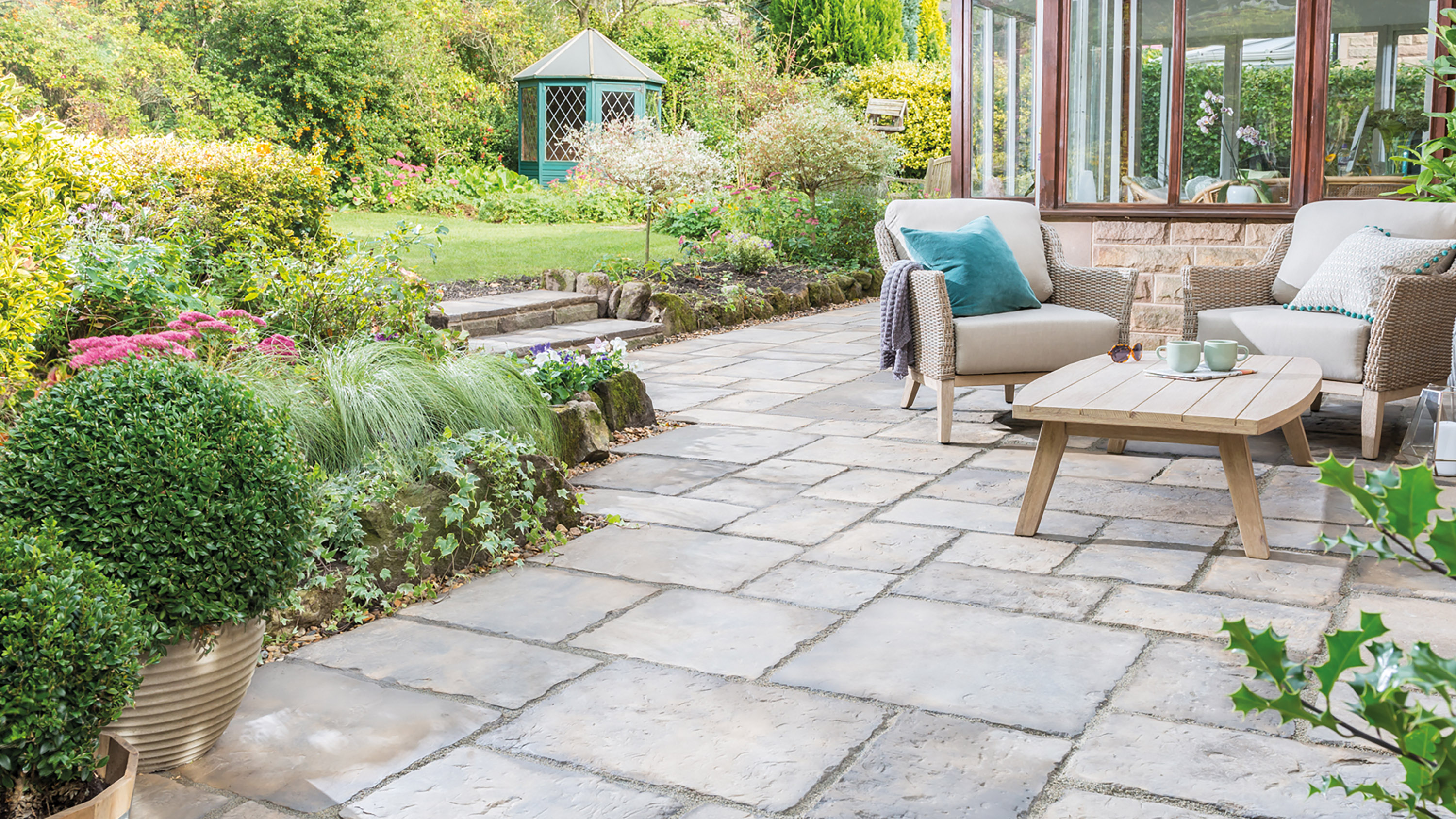

If you're on the lookout for eco landscaping ideas then you've come to the right place. For being more environmentally aware isn't just about what we wear or eat and how we travel, it extends to our gardens, too.
Being more conscious of our impact on the environment is becoming increasingly important in all of our daily lives. And if you're a gardener, you'll likely want to help our planet and all its beautiful flora and fauna as best you can. So, if you're planning an update to your outdoor space, whether small or extensive, then it's worth thinking about environmentally-friendly options.
To help you get started, we've rounded up eight eco landscaping ideas that you can try at home, to reduce your carbon footprint, support local wildlife, and save on waste. From creating a zone for composting to adding a bed of wildflowers and lots more, you're bound to find inspiration here to help you go more green with your garden.
1. Add a zone for nature
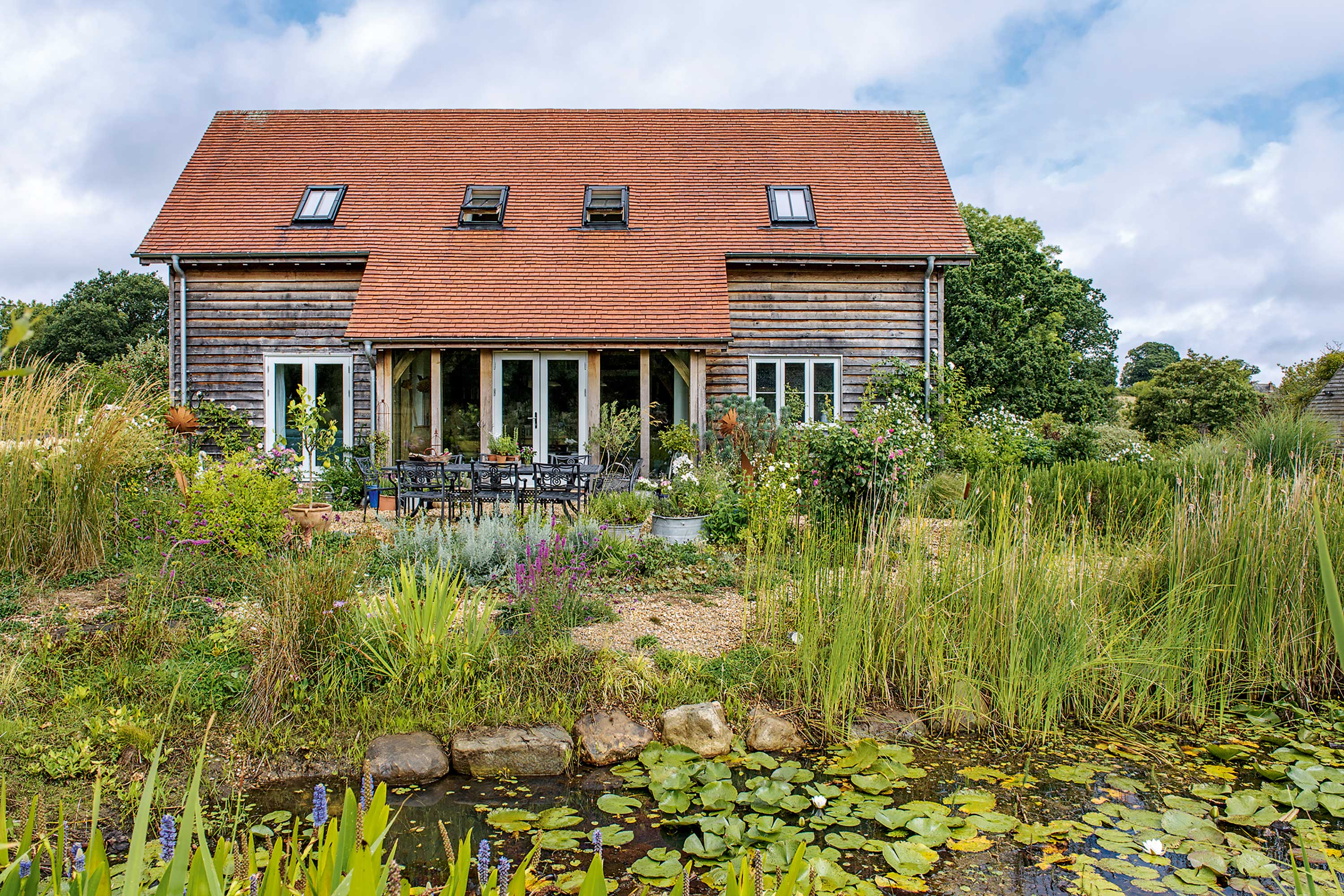
Add a nature pond to your plot
Sure, ensuring your needs are met is crucial when thinking about eco landscaping ideas, so that you can use your plot exactly how you wish. But planning an area predominantly for wildlife will reward you with ultimate environmental points, and, when done right, can be a lovely feature in itself.
Of course, there are lots of gorgeous bird feeders, nesting boxes, birdbaths, and even bee houses that will bring new life (literally) into your space. But there's other options, too.
'Why not build a wildlife pond or bury an old teapot, leaving the spout just above ground level, to create an attractive nesting spot for bumblebees?' suggests garden landscaping brand Bradstone. 'Whatever the size of your garden, there's loads of ideas out there for creating homes for wildlife – and it's a lovely way to nurture young eco minds too!'
Take a look at our tips on how to build a garden pond for your own watery wildlife haven.
2. Support wildlife by planting pollinators
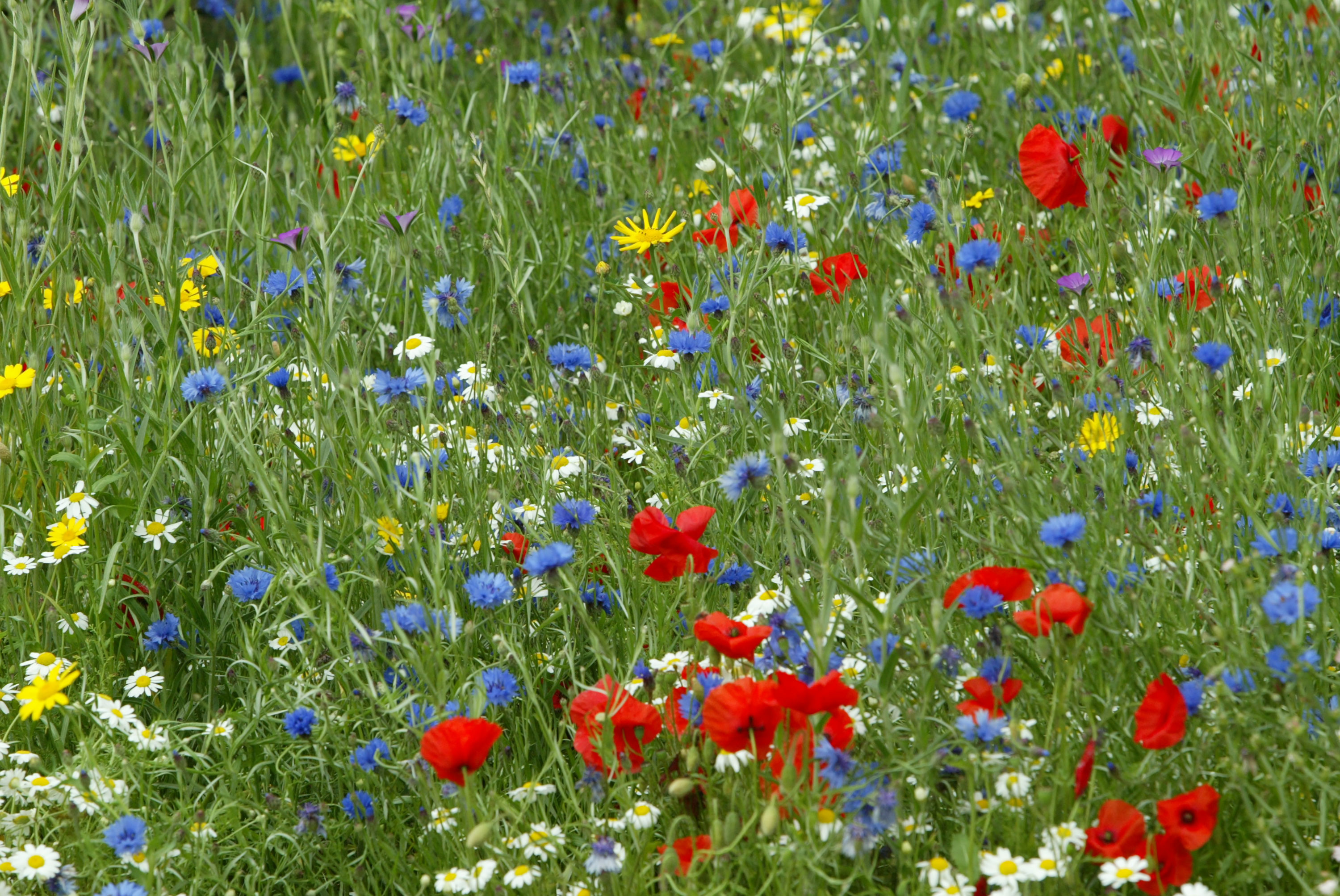
Grow wildflowers in your garden
Eco landscaping ideas extend to supporting visiting wildlife, and one way to do so is to plant pollinators.
So, dedicate a section of your space for wildflowers. Not only do they add a ton of beauty and color, but they are, as the Bradstone team explains, 'an important part of creating a healthy eco-system.'
They'll attract pollinators which allow plants to fruit and seed, the team continues, as well as providing a habitat for a range of insects and birds. Take a look at our guide on how to plant a wildflower meadow for our tips on getting started.
3. Use eco-friendly paving
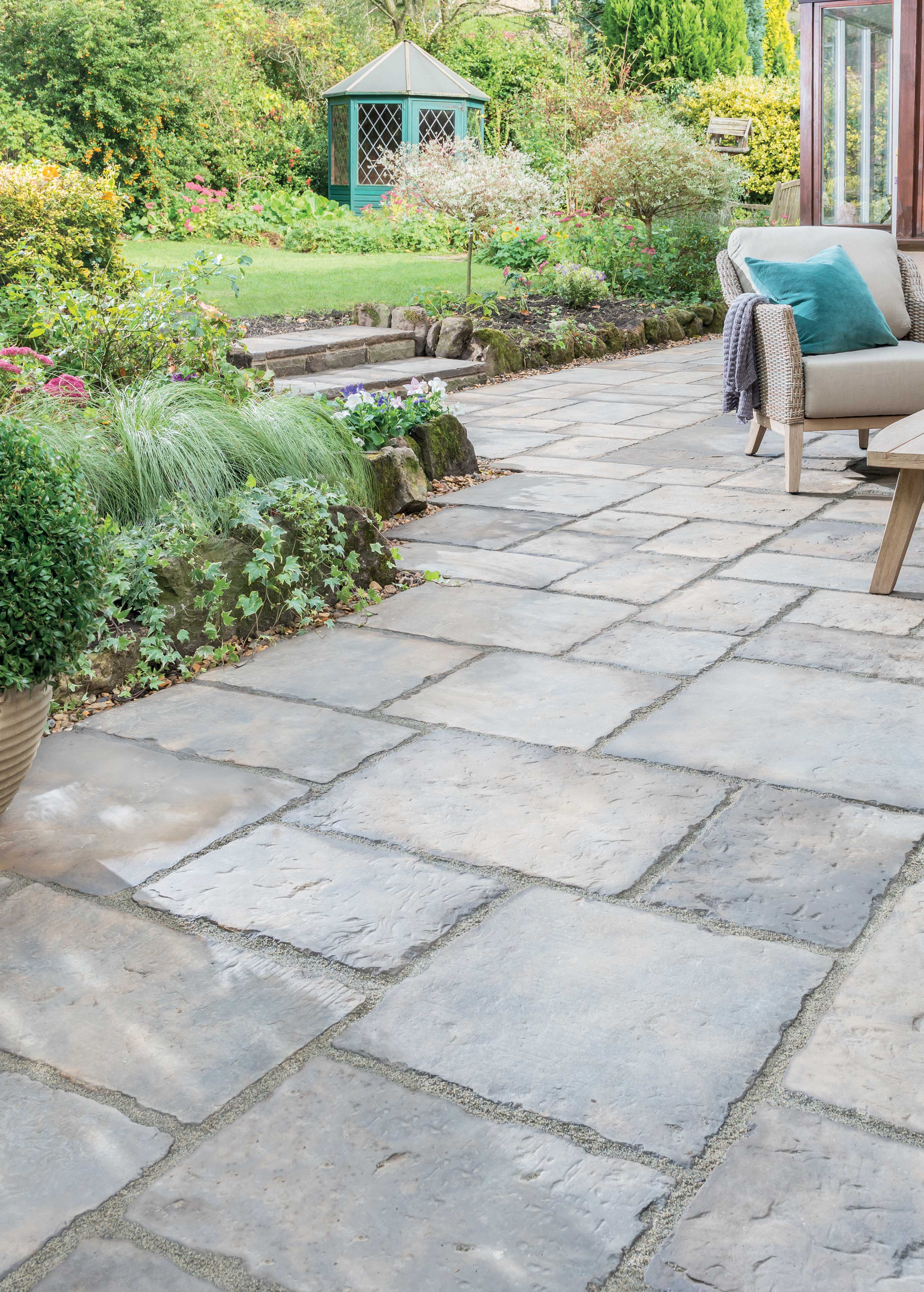
When it comes to hard landscaping, there's no doubt that paving ideas can be a go-to. Perfect as a practical base for outdoor dining, seating, or even cooking, a patio is often seen as the epicentre of a garden.
But did you know that there's a greener way to choose your paving? It's all about picking options that create less CO2 during the manufacturing stage. Bradstone, for instance, has recently launched a brand new environmentally-friendly paving range, called Bradstone ECO.
The ECO range 'reduces the carbon footprint by more than 20% compared to the previous versions of the products,' the team explains. This means that 'a typical patio measuring 30m sq will now produce up to 66kg less carbon during manufacture, compared with the old mix.' This is the equivalent of the CO2 reduction generated by three mature trees over one year, according to the European Environment Agency.
'It's kinder to the environment and helps protect your carbon footprint too,' the Bradstone team says. What's more, it still looks fantastic.
4. Be mindful with water
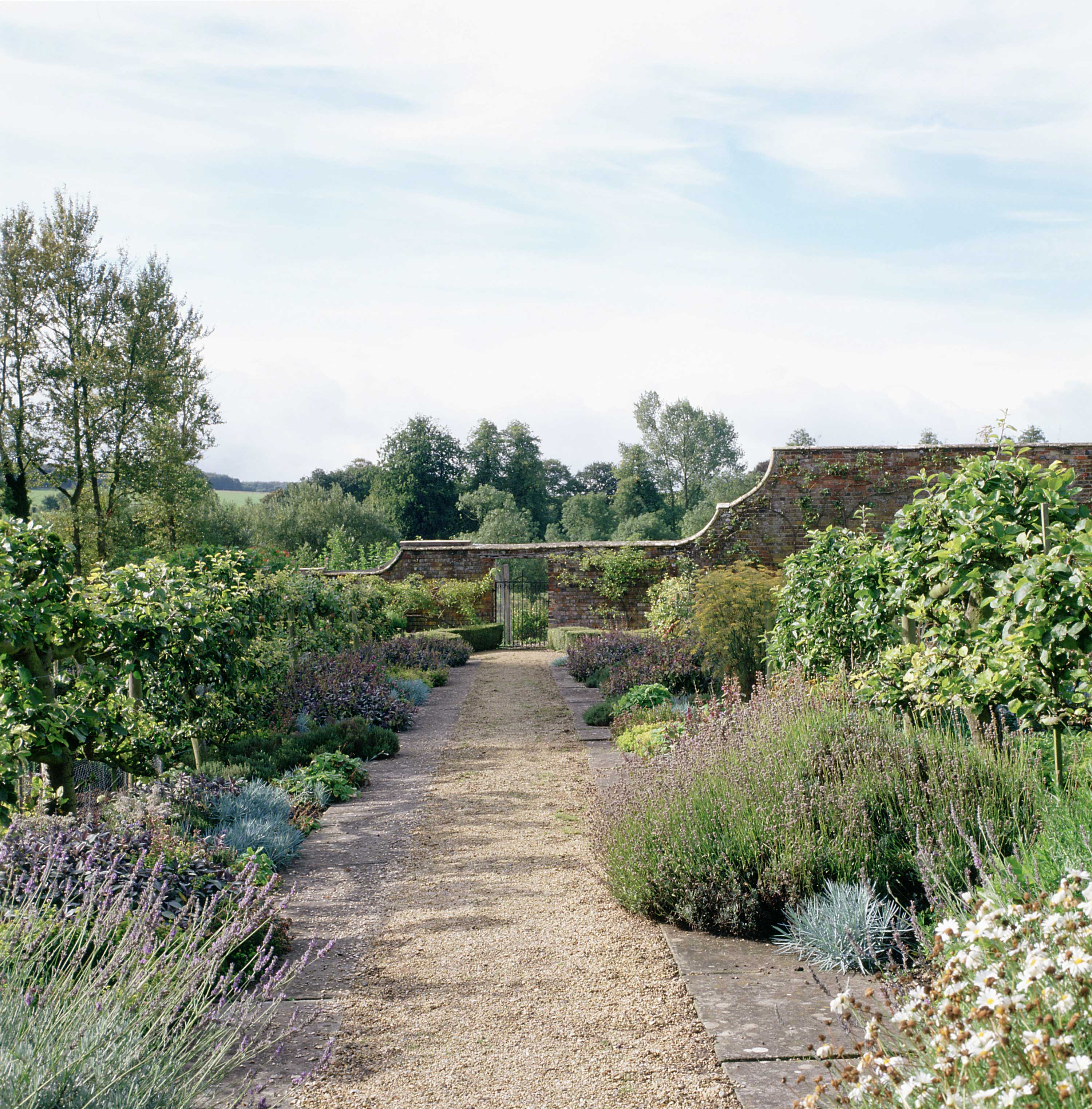
Opt for drought-tolerant plants and gravel features to minimise water usage
We all know to turn the taps off whilst we're brushing our teeth, but there are ways you can conserve water in your garden, too.
'Installing an irrigation system will help to optimise your water output,' says the team at Bradstone. 'Alternatively, you could reduce water waste in your garden by collecting and reusing rainwater.'
It's easy to harvest your own rainwater. 'Simply install a water butt and use the water you collect to rehydrate lawns, plants or top up bird baths,' the Bradstone team says. 'But remember to water your garden in the evening when it is cooler, as this will minimise evaporation.'
The Bradstone team also suggests to reduce the size of your lawn, or opt for artificial grass. Both options will reduce your plot's long-term water consumption.
And, when your eco landscaping ideas turn to plants, choose those that don't need lots of maintenance to survive. 'Perennials use less water year-round than annuals, making them the environmentally-friendly choice for eco-conscious gardeners,' says the Bradstone team. Or, you could opt for an on-trend gravel garden full of drought-resistant plants. Our small rock garden ideas feature is full of inspiration.
5. Make a compost area
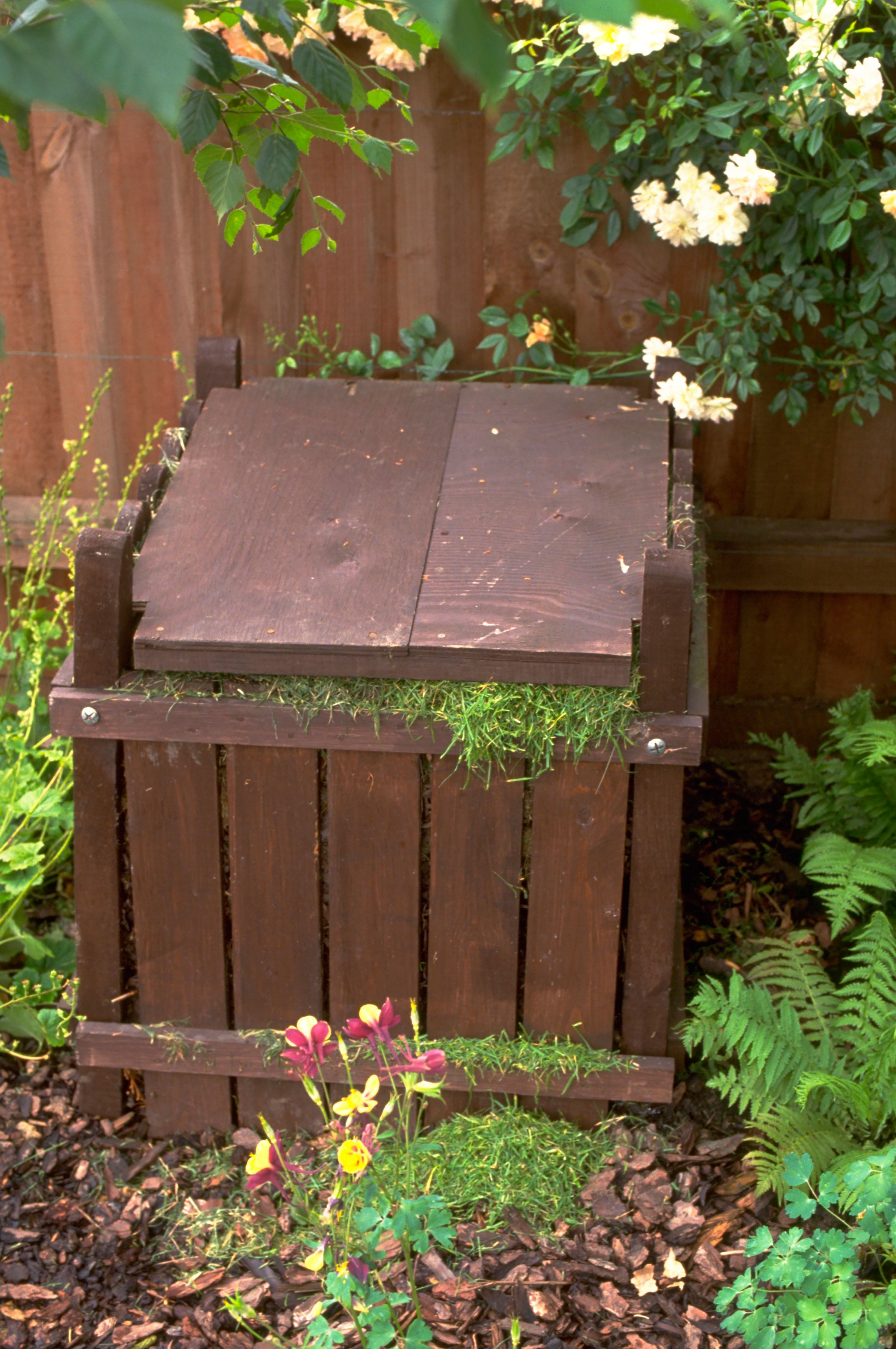
Create a composting zone as part of your eco landscaping ideas
Creating your own compost is a great choice for your eco landscaping ideas. Not only will it reward you with tons of nutritious matter to add to your borders and raised garden beds, but it will also help you reduce on waste, and save you some money. It also reduces methane emissions at landfills, helping to lower your carbon footprint, adds the Bradstone team.
'Select a dry, shady spot near a water source,' the Bradstone team advises. 'Throw in brown and green waste such as grass clippings, old fruit, and vegetable peelings,' they say, 'and moisten any dry materials as they're added.'
'When the material at the bottom is dark in color, it's ready to use.'
Take a look at our best compost bins, or try building one out of old pallets to be extra sustainable. And if you need a hand knowing where to begin, our guide on how to compost is full of straightforward tips.
6. Salvage materials to make pathways
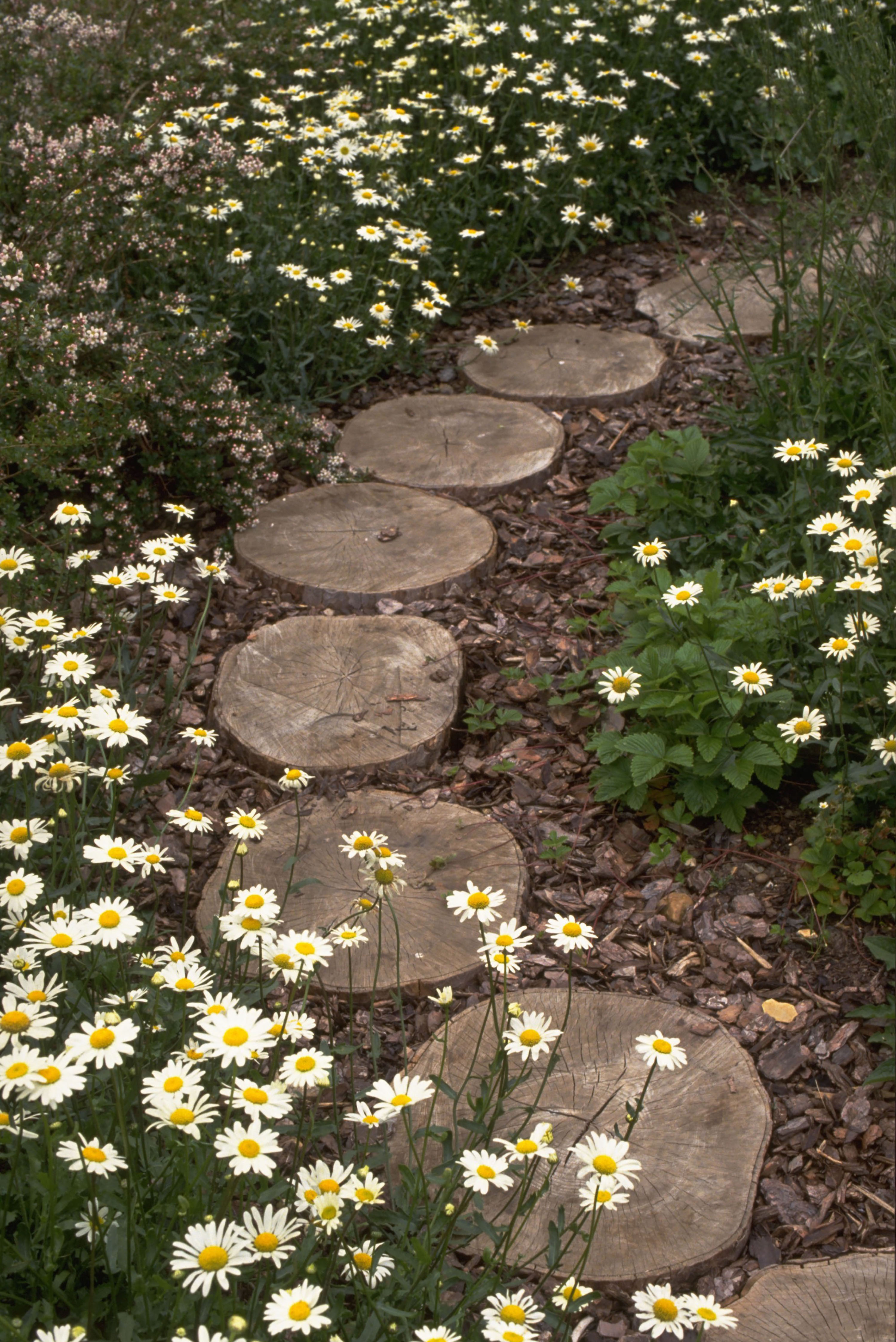
Recycled materials are great for eco landscaping ideas, such as these stepping stones used from logs
A fantastic way to incorporate more eco landscaping ideas into your plot is to use reclaimed and recycled materials. For instance, if you've recently had a tree or two felled from your garden, ask your tree surgeon to slice it into sections of log. That way, you could create a whimsical stepping stone path that children and adults alike will love.
You could also create paths, or edge your borders, with reclaimed bricks. Or, if you've recently dug up a new flowerbed or pond and have cleared out some rocks and stones in the process, why not line your paths with them for a rustic edge?
Take a look at our garden path ideas for more inspiration.
7. Be less reliant on power tools
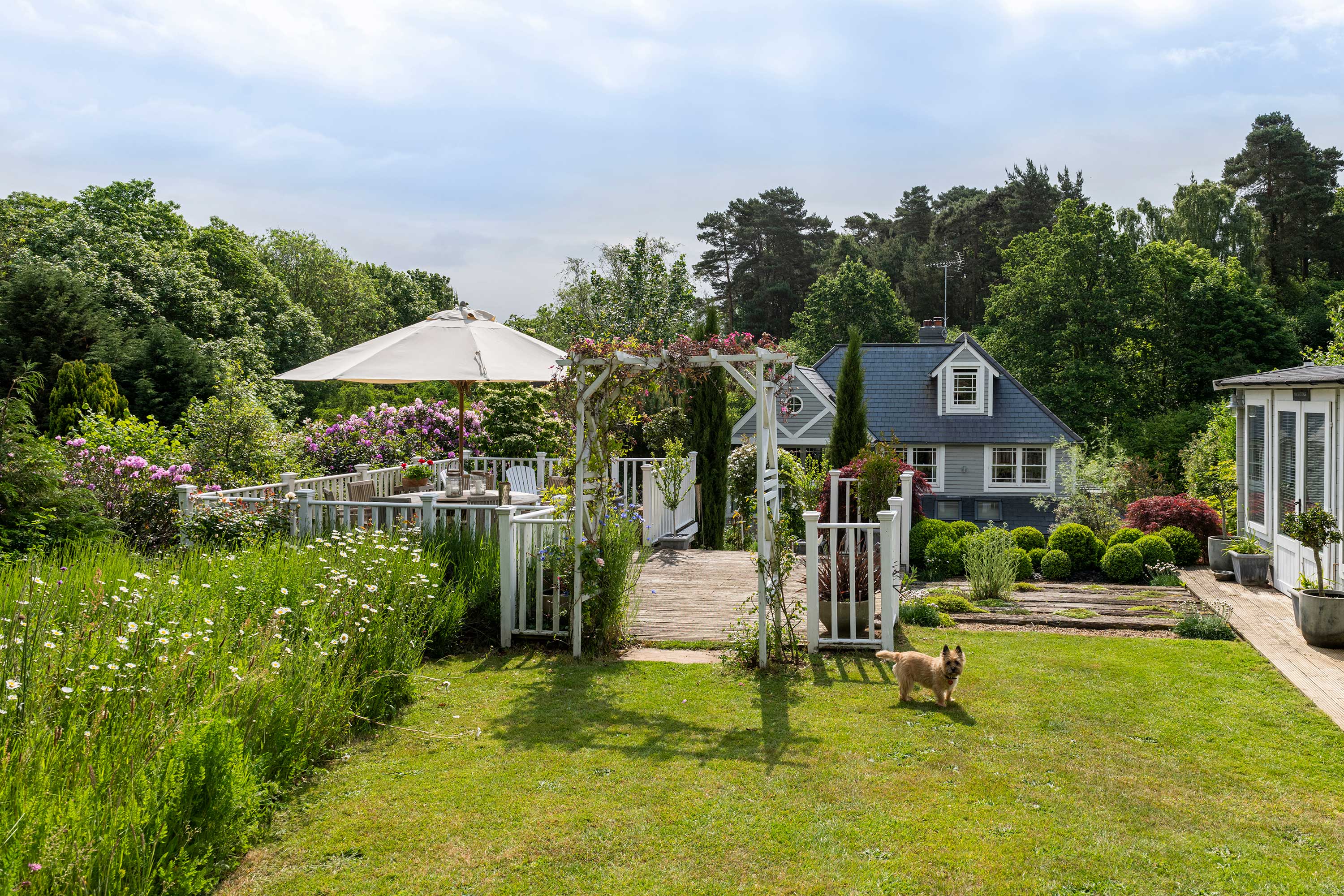
Opt for smaller lawns and wilder patches to cut back on mowing
Unfortunately, fuel emissions from power tools (lawn mowers, leaf blowers, strimmers, etc) are not good news for the environment. So if you're looking to be more eco-conscious but are a lover of your garden gadgets, you may want to have a rethink.
This could mean opting for eco landscaping ideas that require less reliance on heavy tools – whether that means embracing a wilder look, or opting for less lawn, for example, is up to you. This stylish space above does both, beautifully.
Of course, you could also opt for manual tools too.
8. Avoid using chemicals for your eco landscaping ideas
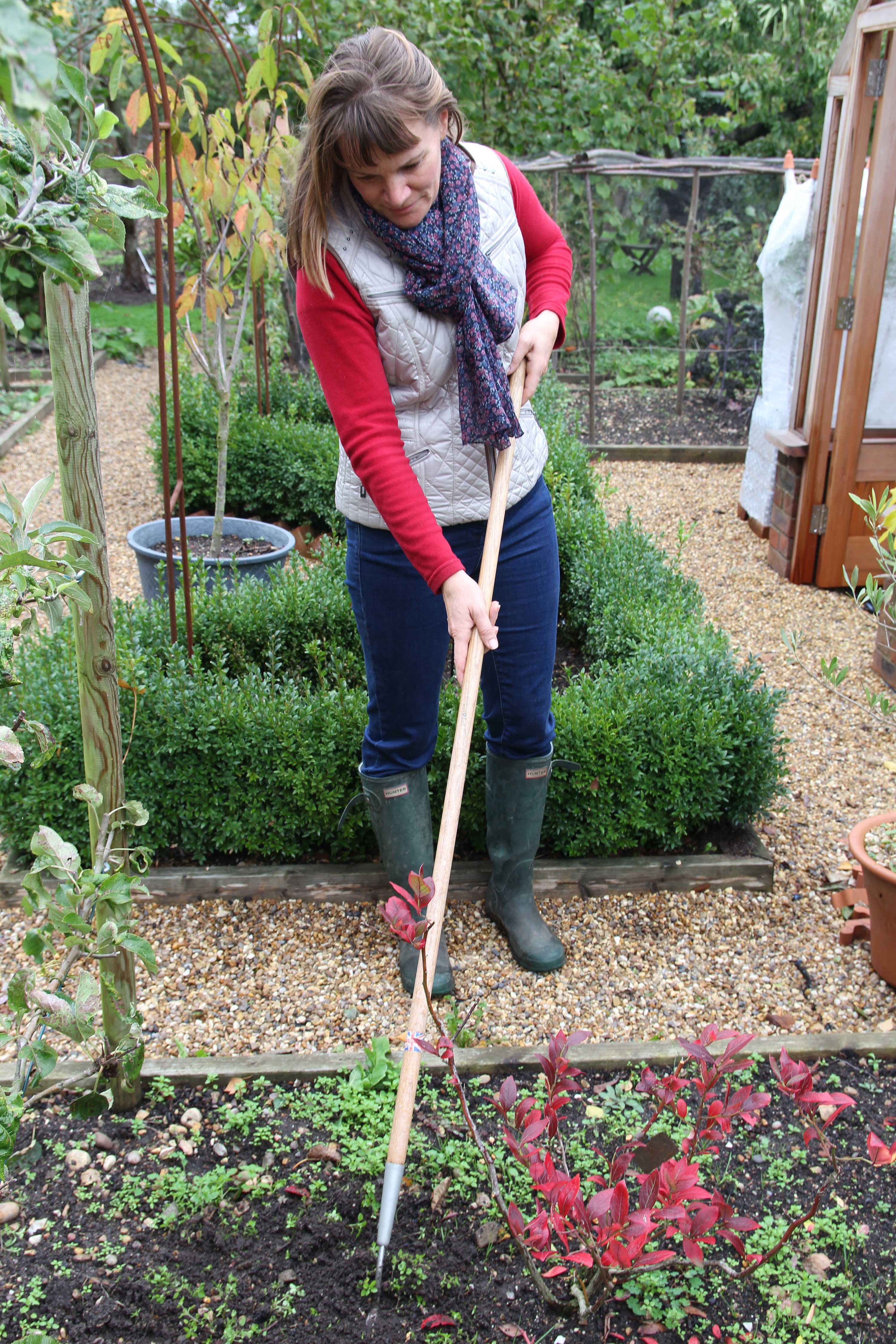
Weed your beds the natural way
To keep your eco landscaping ideas looking their best long-term, you might be tempted to reach for quick-fix bottles of pesticides and weedkillers. But, although they'll get the job done, they come with a big environmental price tag.
Not only do these harsher chemicals pollute the environment, they can also be bad for your health, or your pet’s, explains the team at Bradstone. 'Instead consider eco-friendly pest control methods, such as natural pesticides,' they suggest.
And when it comes to those pesky nettles, dandelions, and the like, our weed control tips and tricks will give you a helping hand, in an environmentally-friendly way.

The garden was always a big part of Holly's life growing up, as was the surrounding New Forest where she lived. Her appreciation for the great outdoors has only grown since then. She's been an allotment keeper, a professional gardener, and a botanical illustrator – plants are her passion.
